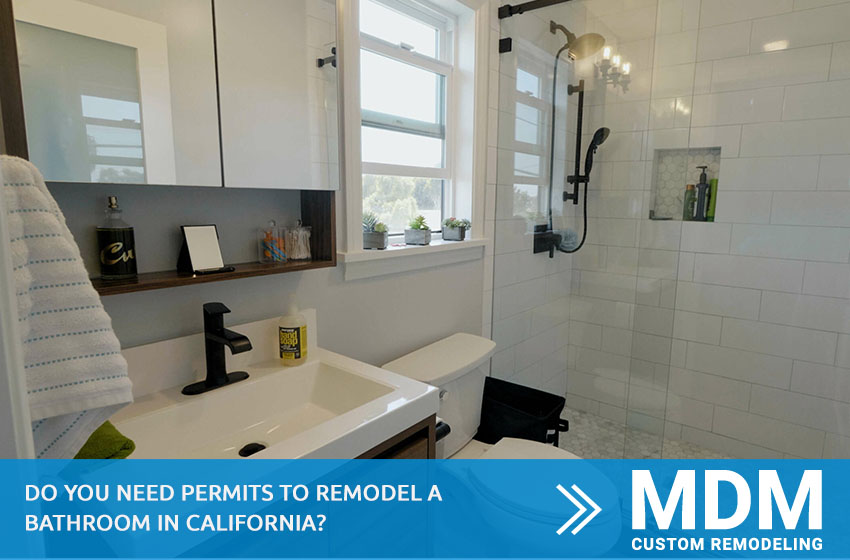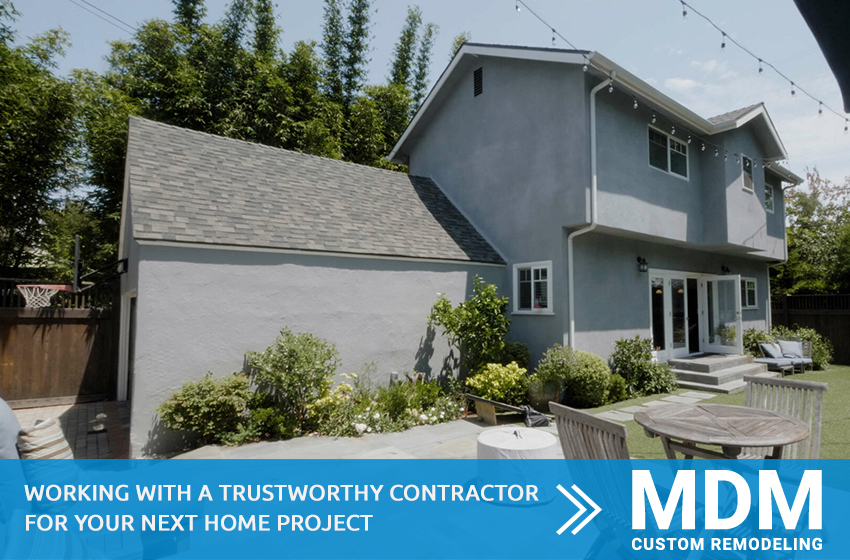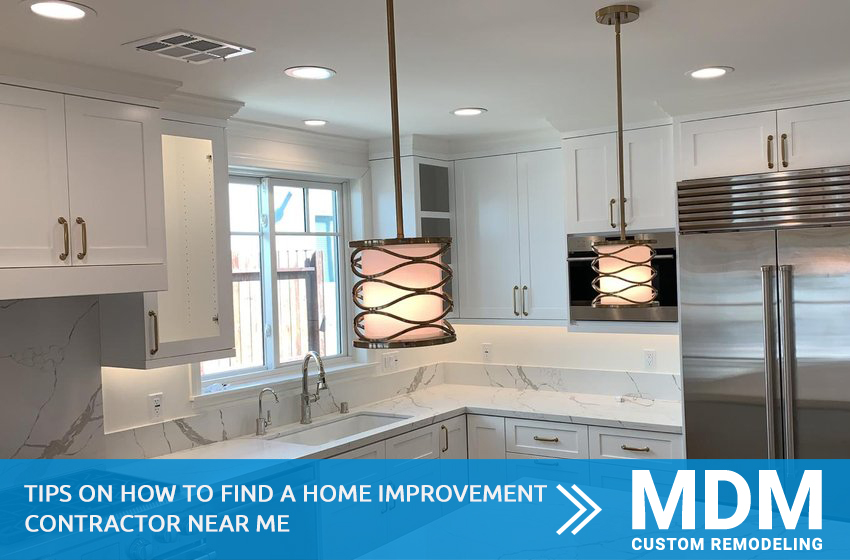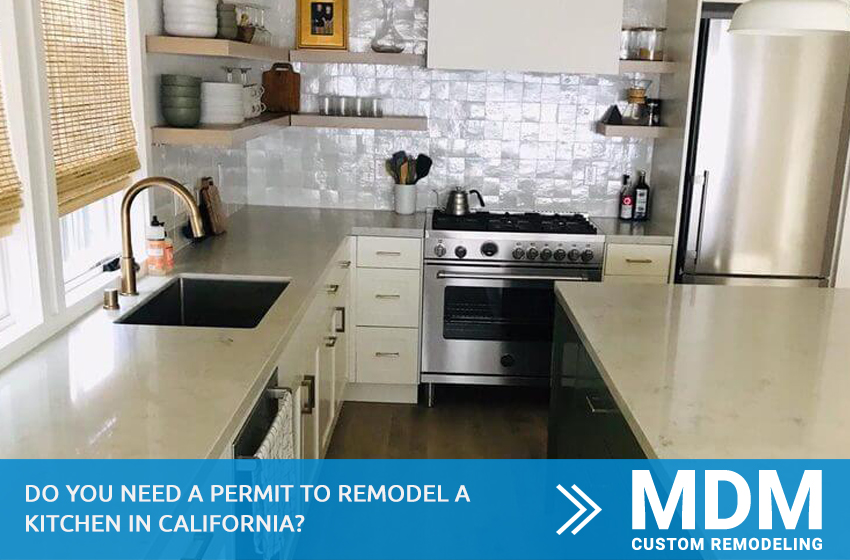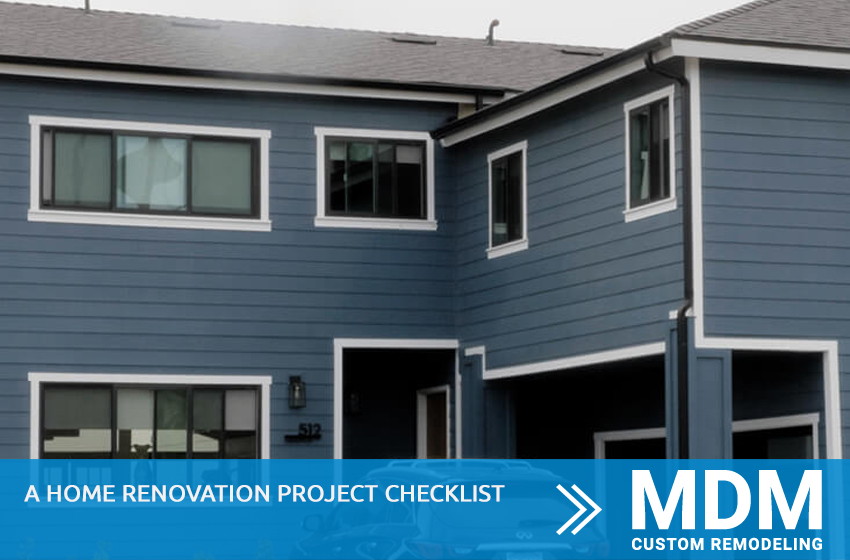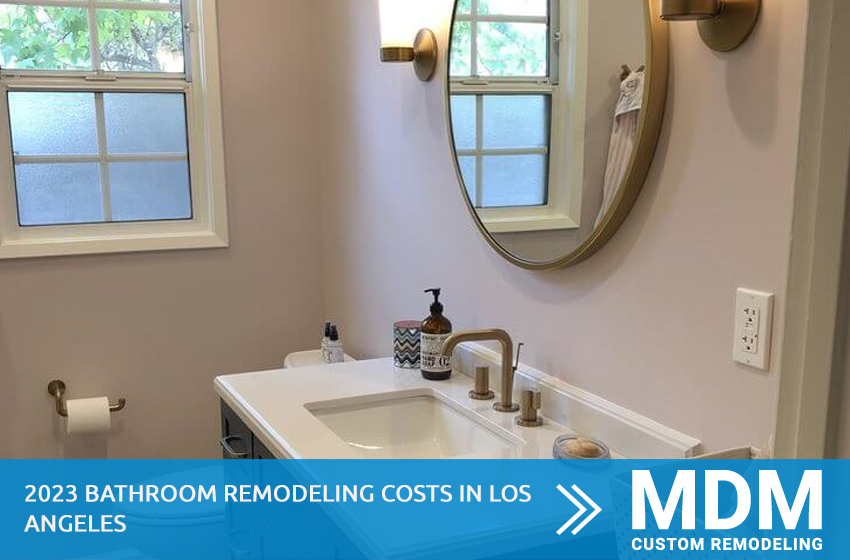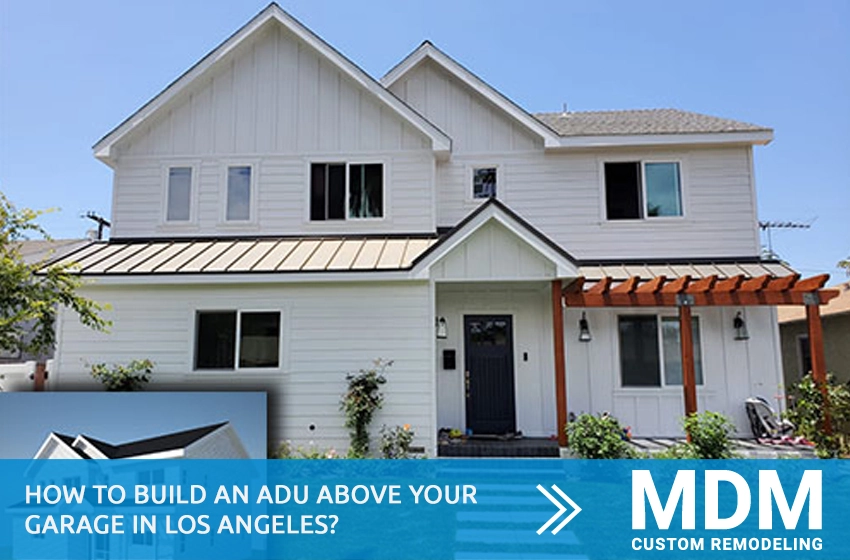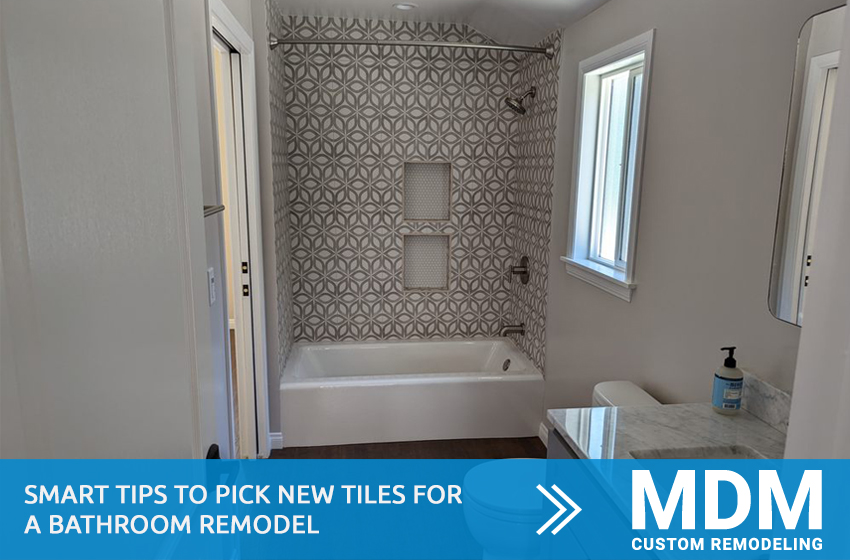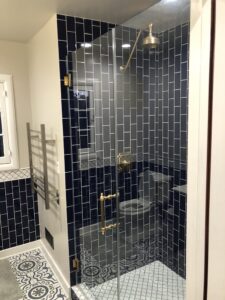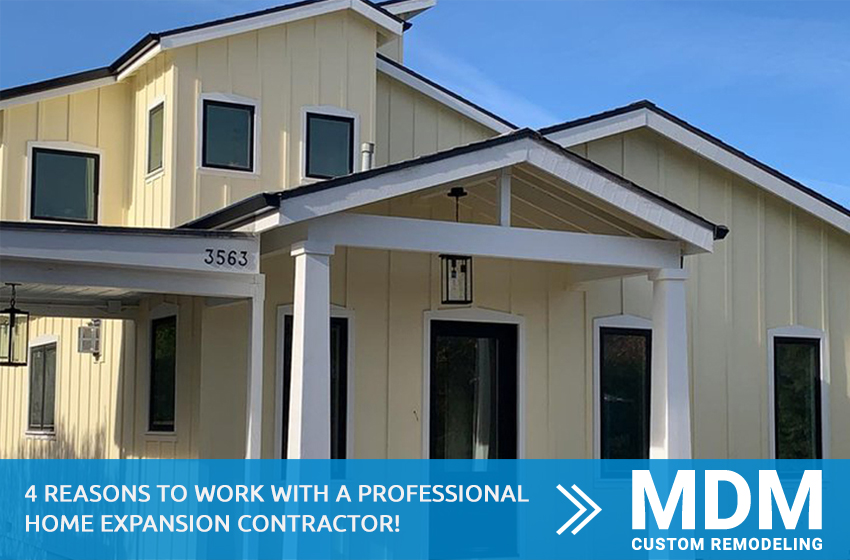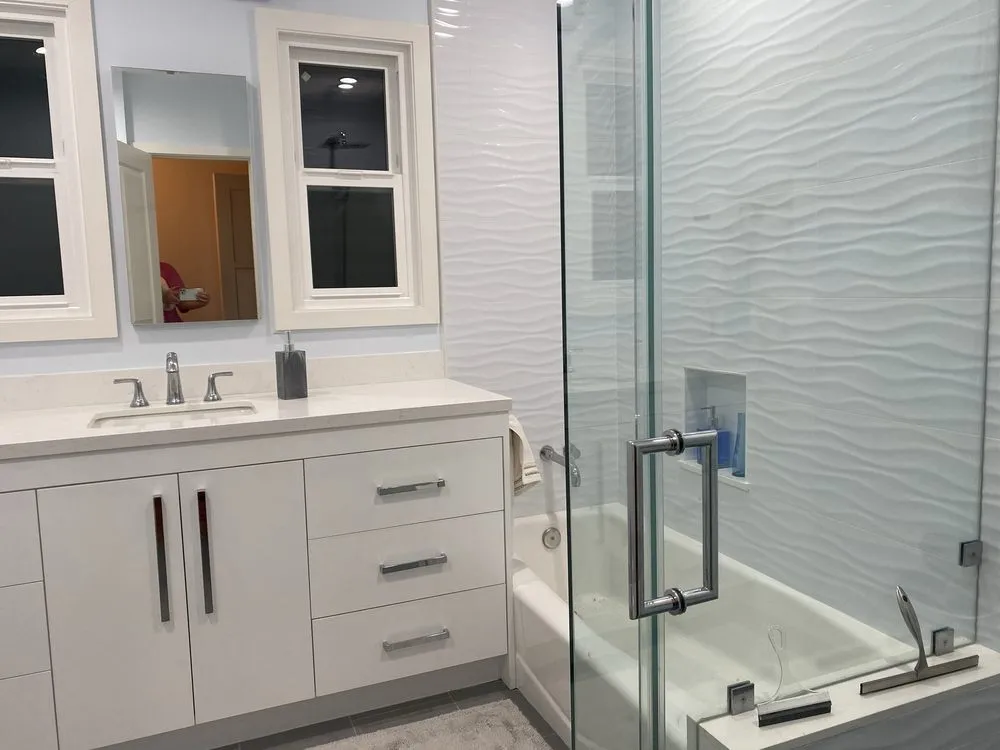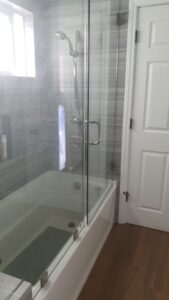When planning for bathroom remodel in California, it’s essential to answer this question: Do you need permits to remodel a bathroom in California? The short answer is yes.
Regulation regarding the construction and remodeling of bathrooms varies from one state to another. However, you should have a permit to start bathroom remodeling in California.
If you or the contractor do the bathroom remodeling without getting the necessary permit, they will face the full force of the law. Building and Safety Authorities impose substantial fines and the homeowner risks incurring other expenses of redoing the work to meet the laid down policies and guidelines.
When Do You Need Permits to Remodel a Bathroom in California?
You require a permit for all the entities of bathroom remodeling in California. That includes modifications to new constructions, electrical wiring, plumbing, and other mechanical processes.
In summary, you need a permit for the following bathroom projects;
- Additions
- Improvement
- Demolitions
- Repairs
- Renovations.
California Building Codes will only allow you to begin these remodeling projects when you already have a valid permit from local authorities.
Where Will You Obtain Permit to Remodel a Bathroom in California?
Homeowners in California should obtain bathroom remodeling permits from the Department of Building and Safety.
Any bathroom remodeling that cost more than $500 needs a verification and to be inspected by the Department of Building and Safety. Notably, a permit is optional for remodeling work valued at less than $500 unless it’s anticipated to affect the stability of your property.
Why Do You Need a Permit for Bathroom Remodeling?
Most homeowners fear acquiring bathroom remodeling permits because they are expensive and can interfere with the budget. However, a bathroom remodeling permit is not an unnecessary expense. Instead, permits ensure that homeowners receive protection from uninsured and unlicensed contractors.
A contractor who advises their clients against obtaining a permit is trying to avoid legal scrutiny. Therefore, avoid working with them. Prioritize in ensuring that you stay compliant with all the state regulations.
Homeowners can avoid the heavy consequences of undertaking their renovations without permits. Remodeling and building projects are constantly checked for compliance by the building authorities through various processes and mechanisms to ensure compliance.
Ultimately, permits are required for consumer protection. Therefore, always work with a contractor who will handle the assigned project only with the availability of permits.
Consequences For Doing Bathroom Remodeling Without Permits
If the Building and Safety department realizes unpermitted work is underway, or even if it’s already complete, you and the contractor could face serious penalties. Furthermore, you could have the work taken down to redo it correctly and in compliance with the Building and Safety codes.
How To Know If Your Bathroom Remodeling Project Needs a permit
Generally, you need a permit for any bathroom improvement that changes the structural, plumbing, or the electrical wiring systems. Furthermore, bathroom remodeling permits are required for all commercial and residential structures. Always preview permit application requirements since they vary in scope and project extent.
Should Homeowners Apply for Bathroom Remodeling Permit by Themselves?
Homeowners are allowed to apply for bathroom remodel permits. The permit requirements are about the work done, and it doesn’t matter who did it. Therefore, if homeowners want to fasten the bathroom remodeling process, they can source a remodeling permit from the State of California Department of Building and Safety without engaging the contractor.
However, remember that it’s not always a brilliant idea to apply for a permit yourself, especially if you don’t wholly understand the local building codes and regulations. Choose a reliable contractor to serve your interests as you apply for the builder permit, depending on the scope of the remodeling project.
Most licensed contractors are willing to process permits on behalf of their clients, particularly those who don’t have the required knowledge and experience.
How Much Do Bathroom Remodeling Permits Cost in California?
The size and the estimated cost of the project determine the permit fees. The Department of Building and Safety in California has a permit fee calculator that will help you know the cost of your bathroom remodel permit.
Generally, small projects like plumbing, electrical, fencing, and decks cost between $100 and $300 for a construction permit. A building permit costs range from $500 to $2,000 for significant projects such as bathroom remodeling, basement finishing, and room extensions.
How Long Does It Take to Get Bathroom Remodel Permit in California
The exact time of waiting for a bathroom remodel permit varies depending on project specifications, work scale, and scope. Projects that need minor changes are approved within a day. On the other hand, complex projects have a standardized processing time that ranges from three to six weeks.
What Should Be Included in Remodeling Permit?
Remodeling permits require homeowners to provide proper detail on the projects’ scale and scope. The outline should have the utmost clarity. The permit you will get from the remodeling permit will vary depending on the plan’s specifications and expectations.
Where Should You Start Bathroom Remodeling Process
If you’re planning to modify your bathroom, you must choose a general contractor who comprehends your concept and can construct the style of bathroom you desire. They will help you identify the best design elements and be helpful during the permit application process. When you’re ready to begin bathroom remodeling renovation, engage with MDM Custom Remodeling Inc. to find the most qualified contractors.
Hire Profession Bathroom Remodeling Contractors
Finally, you should watch out for any contractors bidding on your bathroom remodel and claim they don’t require any state or municipal permits. They are probably taking shortcuts, skimping on the procedure, or employing an unregistered team to save money and avoid getting caught. It’s in your best advantage to follow the law at all times.
MDM Custom Remodeling Inc. will help you rebuild your bathroom in a way that complies with all building codes. When it comes to bathroom building or remodeling, you can be certain that our team of experts will adhere to all local and state regulations and obtain the necessary permissions to get the job done right.

